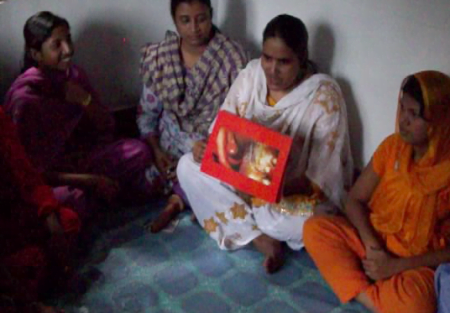Dhaka, Bangladesh – The prevalence of HIV/AIDS here is quite low–less than 1% of the population at large. But there are certain groups that are at a much greater risk of contracting and spreading HIV.
So-called “Most At Risk People” include injecting drug users, men who have sex with men, and sex workers. Prevalence is much higher among these groups. One study found that 7% of injecting drug users in Bangladesh are HIV positive.
In order to effectively fight HIV, interventions must somehow reach these populations. The innovation devised in Bangladesh, and implemented by Save the Children through a grant from the Global Fund to Fight AIDS, Tuberculosis and Malaria is something called a “drop in center.” These are discreet offices near popular cruising sites, red light districts or drug neighborhoods in which the at-risk population can receive counseling, pick up condoms, exchange needles, or just relax, watch TV and take a shower. The idea is to reach the at-risk population where they live and work.
At a drop in center for female sex workers in the bustling port city of Chittagong, I met some young women as they were finishing a lesson on how to spot STDs on their client’s genitals. It was there I learned the awful economics of sex work in this city.
Sex workers here either meet clients in a seedy hotel or at their residence. The latter is preferred because the women can charge more, but it is the less frequented option for the simple reason that most of the clients are married.
A woman will charge between 100 to 200 Bangladeshi Taka (BDT) to meet a client at his residence and as much as 100 BDT to meet at a hotel. A pimp will generally keep about 80% of the fee. And if the client is met at a hotel, the hotel manager gets a 10% kickback from the pimp, but which comes directly from the woman’s take. That means the average take-home pay for a sex worker after meeting one client is somewhere between 10 BDT and 40 BDT
One U.S. Dollar is equivalent to about 72 BDT, so we are talking about 14 cents to 55 cents per client. This is awful work for lousy pay. But it is sometimes the only option for women living at the margins of society.
Here is one young women describing how she came into this line of work. Note: I received full consent to picture everyone you see.

